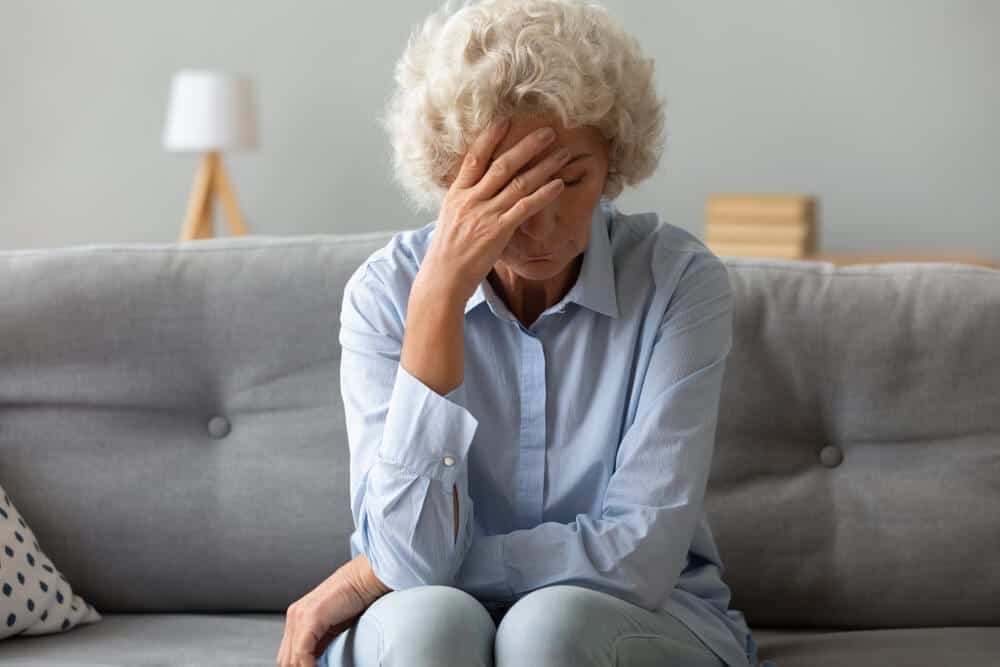17 Symptoms of Complex PTSD
Most people have heard of PTSD—Post-Traumatic Stress Disorder—but fewer are familiar with its more layered counterpart: Complex PTSD (C-PTSD). Unlike PTSD, which can develop after a single traumatic event, C-PTSD is typically the result of chronic or repeated trauma over time. This might include childhood abuse, long-term neglect, emotional manipulation, or being exposed to a toxic or dangerous environment over months or years.
C-PTSD doesn’t always look the same as traditional PTSD, and that can make it harder to recognize—especially in adolescents. Teens with complex trauma may not even realize that what they’re feeling is connected to the past. Instead, they might seem angry, withdrawn, overwhelmed, or completely shut down.
At The Meadowglade, located in Moorpark, California, we help adolescents and young adults work through trauma using holistic, evidence-based care. Whether a teen is struggling with anxiety, depression, addiction, or emotional regulation, understanding the root cause—like C-PTSD—is a critical step toward healing.
Let’s take a closer look at the 17 core symptoms of complex PTSD, how they show up in everyday life, and what to do if you or someone you love is living with this often-misunderstood condition.
If you or a loved one are struggling with mental health and its related symptoms, don’t wait to seek help. Call us today or visit our admissions page to start your path to healing.
1. Flashbacks and Intrusive Memories
People with C-PTSD often relive traumatic experiences through unwanted memories, flashbacks, or nightmares. These flashbacks can feel so vivid they seem like they’re happening in real time, and they often come without warning.
2. Avoidance of Triggers
Avoidance is a protective behavior. Individuals may stay away from places, people, or situations that remind them of the trauma. For teens, this might look like skipping school, avoiding home, or isolating themselves from certain people or environments.
3. Hypervigilance
Living in a near-constant state of alertness or anxiety is a hallmark of C-PTSD. It’s the brain’s way of staying “ready” in case danger reappears. Teens may appear jumpy, restless, or always on edge.

4. Emotional Dysregulation
Teens with C-PTSD often experience intense mood swings or emotional outbursts. They might go from numbness to rage within moments, and have difficulty calming themselves down.
5. Chronic Sadness or Depression
While sadness is a normal part of life, persistent, unshakable depression may be a sign of complex trauma. Teens may feel hopeless, unmotivated, or like they’re carrying an invisible weight.
6. Feelings of Guilt or Shame
Many individuals with C-PTSD carry toxic guilt or deep-rooted shame from past abuse or neglect—especially if the trauma occurred during childhood. They may blame themselves for things they had no control over.
7. Low Self-Esteem
C-PTSD can damage a person’s sense of self-worth. Teens may express feelings of worthlessness, inadequacy, or failure, even if there’s no logical reason for them to feel that way.
8. Dissociation or Emotional Numbness
When emotions become too overwhelming, some people dissociate—essentially “checking out” of the moment. This can look like daydreaming, zoning out, or feeling disconnected from the world around them.
9. Difficulty With Trust and Relationships
Due to repeated betrayals or emotional neglect, teens with C-PTSD may have a hard time trusting others, forming healthy friendships, or maintaining family relationships.
10. Anger and Irritability
Unresolved trauma often shows up as frequent irritability, sudden anger, or hostility. These emotions may be directed at caregivers, teachers, or peers—even if they aren’t the source of the original trauma.
11. Helplessness or Hopelessness
Many teens with C-PTSD feel like they have no control over their lives or future. They may express a lack of purpose, or say things like, “What’s the point?”

12. Self-Destructive Behavior
This could include substance abuse, self-harm, disordered eating, or other risky actions. These behaviors are often coping mechanisms to manage unbearable emotional pain.
13. Isolation and Withdrawal
Teens may pull away from friends, family, or previously enjoyed activities. This isolation can deepen their depression and make it even harder to ask for help.
14. Negative Self-Perception
Teens with C-PTSD often have a distorted view of themselves. They may believe they are damaged, unlovable, or broken. These beliefs are internalized messages from traumatic experiences.
15. Difficulty Concentrating
Trauma affects the brain’s executive functioning. This means teens with C-PTSD might struggle to focus, follow instructions, or stay organized, especially in academic settings.
16. Excessive People-Pleasing
In order to stay safe or avoid conflict, some teens develop a habit of suppressing their needs to make others happy. This often stems from trying to prevent further trauma in the past.
17. Emotional Dependency or Fear of Abandonment
C-PTSD can create an intense fear of rejection or being alone, leading to codependent relationships or clingy behavior. Teens may become overly attached to someone they view as a source of emotional safety.
Why C-PTSD in Teens Is Often Misunderstood
Complex PTSD can sometimes be misdiagnosed as borderline personality disorder, depression, ADHD, or conduct disorder—especially in teenagers. That’s because many of the symptoms overlap, and teens may not have the language or self-awareness to describe what they’re feeling.
That’s why professional evaluation and trauma-informed care are so important. At The Meadowglade, we specialize in helping adolescents untangle their emotional pain, identify the root causes, and develop healthy tools for long-term healing.
How The Meadowglade Helps Teens Heal From C-PTSD
Our luxury residential treatment center in Moorpark, California, provides a safe, structured, and supportive environment where teens can process trauma without fear of judgment. We use a whole-person approach, incorporating a range of therapeutic techniques that are tailored to each teen’s needs.
Our trauma-focused treatment includes:
- Evidence-based therapies: EMDR, CBT, DBT, and somatic therapy
- Creative expression: Art, music, and creative-assisted therapy
- Holistic practices: Meditation, sound healing, and yoga
- Outdoor healing: Nature hikes and mindfulness in movement
- Family therapy and aftercare planning to ensure long-term support
We understand that healing from complex PTSD takes time, compassion, and consistency. Our dedicated team walks alongside each teen—and their family—through every step of recovery.
Contact Us for Support
Complex PTSD is often invisible to the outside world—but for the person experiencing it, the effects are very real. By understanding the symptoms, you can take proactive steps toward healing, whether for yourself or someone you love. If you recognize any of these 17 symptoms of complex PTSD in your teen, know that you’re not alone—and neither are they. Healing is possible, and it begins with the right kind of support.
At The Meadowglade, we’re here to provide more than just treatment. We offer a place to heal deeply, rebuild trust, and restore balance—mind, body, and spirit.
Your story doesn’t end with trauma. With the right support, a new chapter begins.

